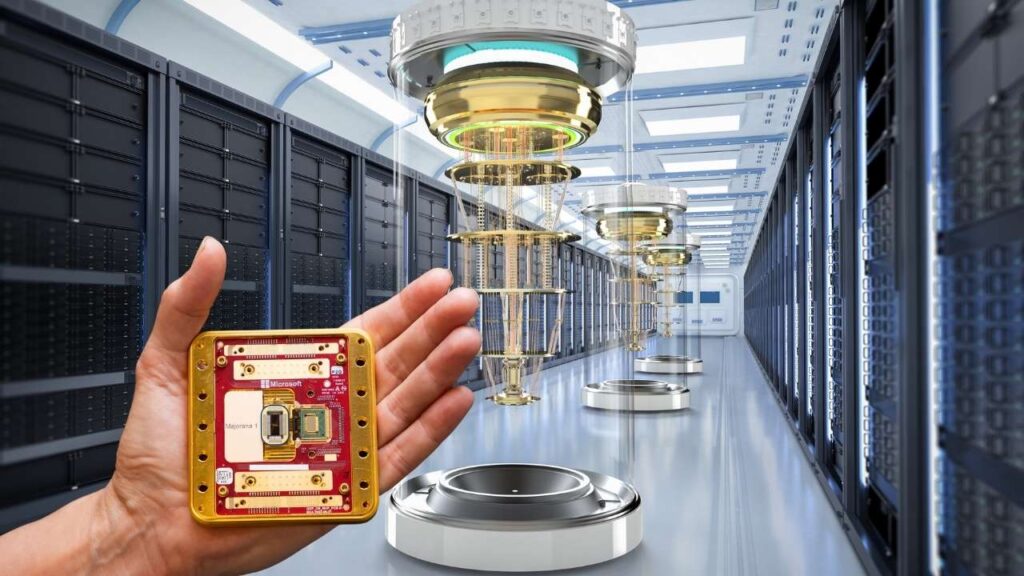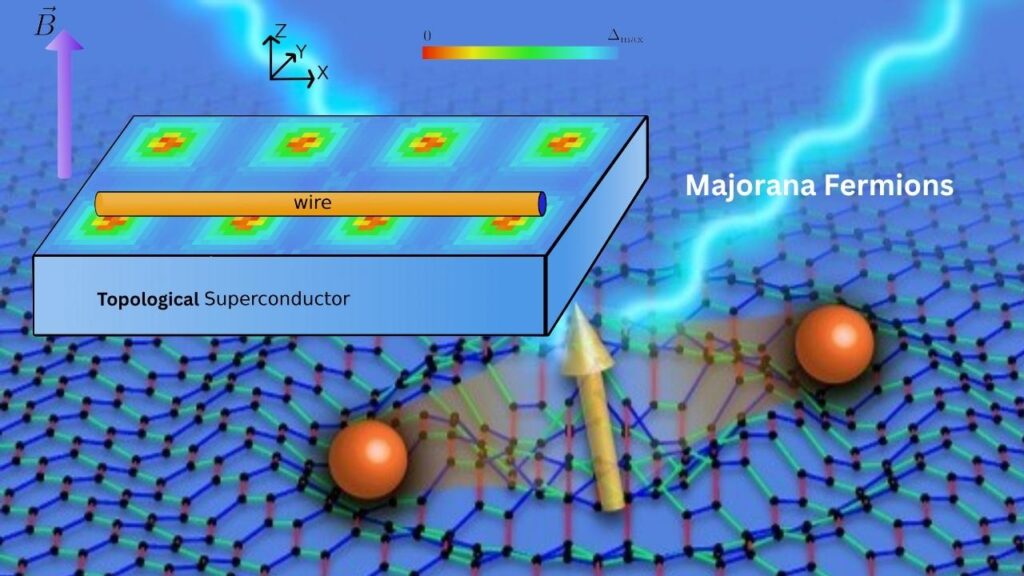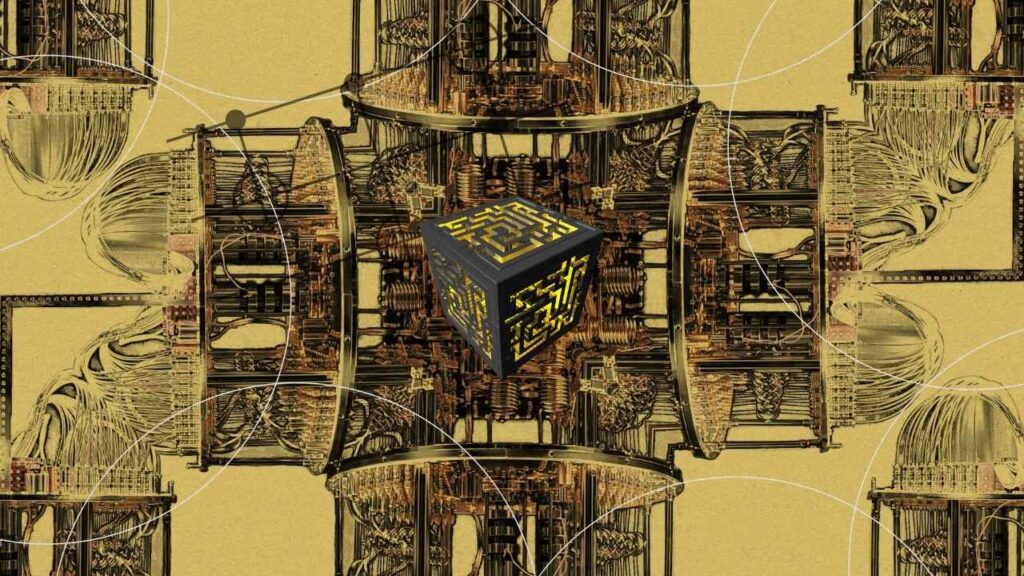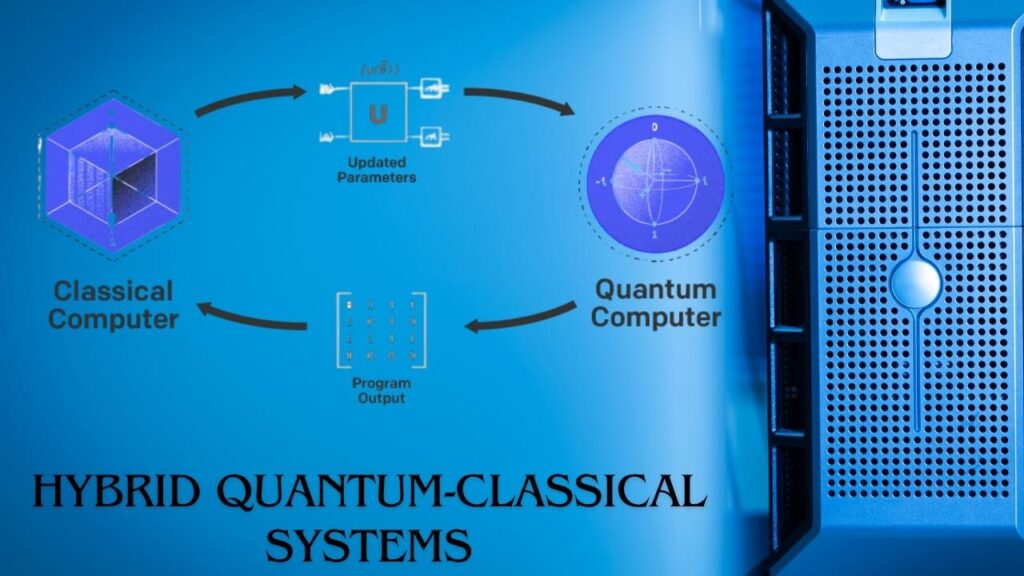New Materials Support Progress Toward More Reliable Quantum Computers: Quantum computing is no longer just a futuristic dream—2025 is shaping up to be a landmark year for this transformative technology. At the heart of this progress are new materials that are making quantum computers more reliable, powerful, and ready for real-world applications.

This article explores how these materials are revolutionizing quantum computing, what it means for industry and research, and how the landscape is evolving for professionals and learners alike.
Table of Contents
New Materials Support Progress Toward More Reliable Quantum Computers
| Topic | Key Data/Stats | Professional Insights |
|---|---|---|
| New quantum materials | Topological superconductors, Majorana fermions | Enables stable, error-resistant qubits |
| Logical qubit breakthroughs | Error rates below 0.0011, 12 logical qubits entangled | Logical qubits lower error rates, enable practical quantum circuits |
| Novel physical qubits | Hole spin qubits, split-electrons, mechanical qubits | Reduced components, new fabrication methods, improved coherence |
| Hybrid quantum-classical systems | Used for corrosion inhibition simulations | Quantum computers coupled with HPC for real-world problems |
| Workforce development | More training tools and university programs | Growing demand for quantum talent across industries |
| Industry applications | Financial modeling, drug discovery, logistics | Early adopters see efficiency gains and new business models |
| Research and collaboration | Major conferences, global research hubs | Collaboration between academia and industry accelerates progress |
New materials are the foundation of the next generation of quantum computers. From topological superconductors and Majorana fermions to novel fabrication techniques and logical qubit architectures, these innovations are making quantum computers more reliable, scalable, and ready for real-world impact. As businesses, researchers, and students join forces, the dream of solving problems that are impossible for classical computers is rapidly becoming a reality. The coming years promise even more breakthroughs as quantum and classical computing converge to tackle challenges across science, industry, and society.
What Are Quantum Computers, and Why Do Materials Matter?
Quantum computers are machines that use the rules of quantum physics to process information in ways that classical computers simply cannot. Their building blocks, called qubits, can exist in multiple states at once and can be linked together in powerful ways through a phenomenon called entanglement. This enables quantum computers to solve certain problems—like simulating molecules or optimizing complex systems—much faster than even the best supercomputers.
However, qubits are extremely delicate. They can lose their quantum properties if disturbed by heat, light, or even tiny vibrations—a problem known as decoherence. This makes quantum computers prone to errors and limits their usefulness. The solution? New materials that protect qubits, reduce errors, and make it possible to build larger, more powerful quantum chips.
The Role of New Materials in Quantum Computing
Topological Superconductors and Majorana Fermions

One of the most significant breakthroughs in recent years is the development of topological superconductors. These materials can host exotic particles called Majorana fermions, which are theorized to store quantum information in a way that is naturally shielded from noise and errors. This means qubits made from these materials—known as topological qubits—are much more stable and reliable than traditional types.
In 2025, experiments have demonstrated the first “true topological qubit,” robustly encoding information in the relationships between particles rather than in the particles themselves. This approach is promising for building quantum computers that can scale up without being overwhelmed by errors.
Novel Physical Qubits: Expanding the Toolbox

Researchers are also exploring novel physical qubits to improve reliability and scalability:
- Hole spin qubits use the spins of missing electrons in semiconductors, requiring fewer components and potentially offering longer coherence times.
- Split-electron (Majorana) qubits have been shown to be viable as topological qubits, further reducing error rates.
- Mechanical qubits—such as those demonstrated at ETH Zurich—combine superconducting circuits with tiny mechanical resonators, adding new ways to store and process quantum information.
These innovations are being tested and refined in leading labs and universities, with the goal of finding the ideal combination of stability, scalability, and manufacturability.
Advanced Fabrication and Mass Production
New fabrication techniques are also making it easier to produce quantum chips at scale. For example, constriction junctions simplify chip design, and some companies are experimenting with glass chips instead of silicon to reduce energy loss and improve performance. These advances are crucial for moving from laboratory prototypes to commercial quantum computers that can be deployed in industry.
Logical Qubits: The Key to Reliability

A major trend in 2025 is the shift from focusing solely on physical qubits to developing logical qubits. Logical qubits are built by encoding information in several physical qubits, using error correction codes to detect and fix mistakes.
Recent milestones include:
- Google’s Willow chip demonstrated below-threshold error correction, meaning error rates actually decrease as more physical qubits are used to encode a logical qubit.
- Microsoft and Quantinuum entangled 12 logical qubits, tripling the record from just six months earlier. The logical error rate was reduced to 0.0011, a significant improvement over physical qubits.
- IBM Quantum demonstrated entanglement of logical qubits using overlapping codes, a method previously considered impractical with limited connectivity.
These breakthroughs are pushing quantum computers closer to the “fault-tolerant” era, where they can run complex algorithms reliably for long periods.
Hybrid Quantum-Classical Systems: The Best of Both Worlds

Quantum computers are not replacing classical supercomputers anytime soon. Instead, the trend is toward hybrid systems that combine the strengths of both. For example, researchers are using quantum processors alongside high-performance computing (HPC) clusters to tackle problems like corrosion inhibition in materials science—tasks that require both quantum and classical calculations.
This hybrid approach is being showcased at major conferences like ISC 2025, where companies and research centers demonstrate how quantum and classical computing can work together to solve real-world challenges in life sciences, chemistry, and materials engineering.
Real-World Applications: From Finance to Pharma
Quantum computing is moving out of the lab and into the marketplace. In finance, early adopters are using quantum algorithms for portfolio optimization and risk analysis. In pharmaceuticals, quantum simulations are helping discover new drugs by modeling molecular interactions that are too complex for classical computers.
Other industries seeing early benefits include:
- Telecommunications: Optimizing network traffic and resource allocation.
- Manufacturing: Streamlining logistics and supply chains.
- Materials Science: Designing new materials with tailored properties for batteries, electronics, and more.
These applications are still in their early stages, but the potential for disruption is enormous.
Training and Workforce Development
As quantum technology advances, the demand for skilled professionals is growing rapidly. Universities like Harvard, MIT, and the University of Basel are expanding their quantum science programs, while companies and organizations are offering more training tools and resources for students and professionals. Conferences such as QUANTUMatter 2025 and the International Year of Quantum Science and Technology (IYQ 2025) are helping to foster collaboration and knowledge-sharing across the globe.
Step-by-Step Guide: How New Materials Are Integrated into Quantum Computing
1. Discovery and Characterization
Scientists identify promising materials using advanced nanoscale techniques, such as scanning tunneling microscopy and electron spectroscopy. These tools allow researchers to probe quantum phenomena with unprecedented precision, revealing how materials behave at the atomic level.
2. Synthesis and Engineering
Once a material is identified, it must be synthesized in the lab—often atom by atom—to ensure the right properties. This may involve layering different materials, doping with specific elements, or creating precise nanostructures.
3. Device Fabrication
Engineered materials are then integrated into quantum chips using cleanroom fabrication techniques. This can include encapsulating surfaces to prevent contamination, creating junctions for superconducting circuits, or embedding qubits within photonic or mechanical structures.
4. Testing and Validation
Quantum chips are rigorously tested for coherence time, error rates, and stability. Only those meeting strict performance criteria are used in larger systems.
5. Scaling and Integration
Successful designs are scaled up, connecting multiple chips or integrating with classical computing resources. This step is crucial for building quantum computers that can tackle industrial-scale problems.
Software Detects Glass Walls With 96% Accuracy Without Using Costly Sensors
Custom Polymers Offer Efficient Electrochemical Separations for Greener Drug Production
Study Measures Thermodynamic Properties of Quark-Gluon Plasma With New Precision
FAQs About New Materials Support Progress Toward More Reliable Quantum Computers
What is a qubit, and how is it different from a classical bit?
A qubit is the quantum version of a bit. Unlike a classical bit, which can be 0 or 1, a qubit can be in a superposition of both states at once, enabling much more powerful computations.
Why are new materials so important for quantum computers?
New materials help qubits maintain their quantum properties longer and with fewer errors, making quantum computers more reliable and scalable.
What are logical qubits, and why do they matter?
Logical qubits are built from multiple physical qubits using error correction codes. They are essential for running practical quantum algorithms without being overwhelmed by errors.
How soon will quantum computers be used in everyday life?
While fully fault-tolerant quantum computers are still a few years away, early applications in finance, pharma, and logistics are already showing promising results.
Can students and professionals get involved in quantum computing?
Yes! Many universities and companies offer courses, workshops, and online resources. The field is open to learners from physics, engineering, computer science, and even business backgrounds.
The Road Ahead: Collaboration and Innovation
2025 is being hailed as the “year of quantum computing” by industry insiders. The pace of progress is accelerating, thanks to collaboration between academia, industry, and government. Major conferences, research hubs, and global initiatives are bringing together experts from around the world to solve the toughest challenges and unlock new opportunities.
Events like QUANTUMatter 2025 and the Royal Society’s quantum computing meetings provide platforms for sharing breakthroughs, debating challenges, and building the next generation of quantum talent. This spirit of collaboration is essential for turning quantum computing from a scientific curiosity into a practical tool for solving humanity’s biggest problems.



















